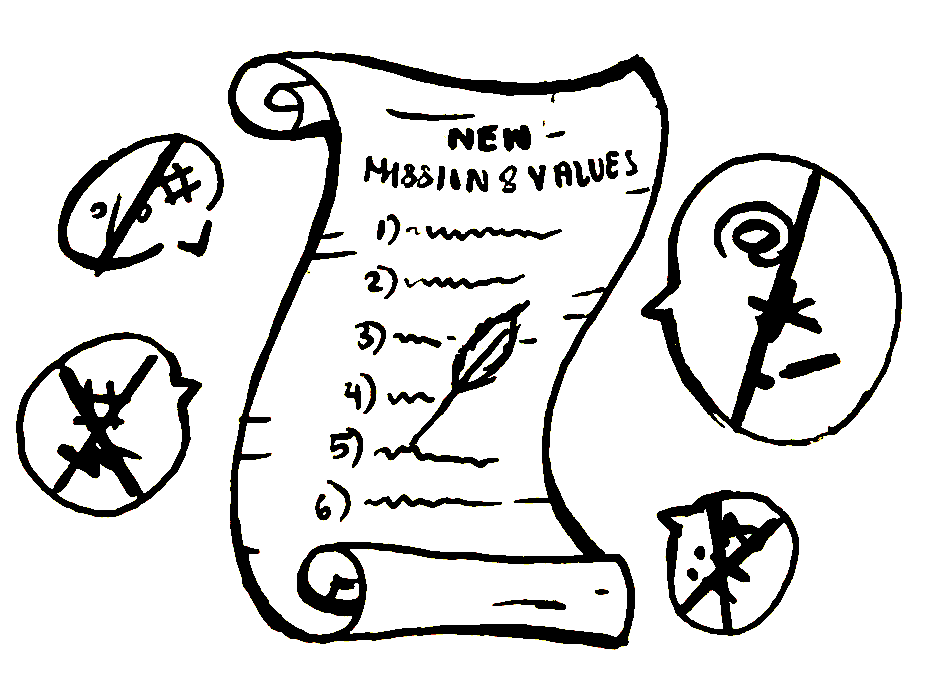Click to read more about the new Tesla updates, squishy robots, Wikipedia’s birthday, and more. Creative commons image from NASA/JPL-Caltech.
By Lauren Yang

1. Accio Automobile
Tesla released its newest update, Version 7.1, to Tesla owners around the globe recently. The newest update allows for “summoning,” which enables the Tesla to independently park itself into the car owner’s garage. Other features include improved lane-tracking technology that enables the car to self-drive even when lane markings have faded and an automatic lane-changing ability that allows the car to change lanes safely with just a flick of a turn signal. Read more here.
NASA experts explain the logic behind amorphous robots. Video from NASA Langley Technology Source.
2. Are squishy robots the answer?
NASA received a patent for amorphous robots that may be used to navigate the rocky and sandy landscape of distant planets. Why squishy robots? Amorphous robots would not be hindered by the dust or rough terrain that typically trumps traditional robots. To move, the robot would either utilize the fluid within its structure, manipulate internal magnets, or strategically inflate or deflate its body. Click here to learn more.
Watch this video to understand the problem and solution a team of Michigan engineers is trying to solve. Video from MichiganEngineering.
3. The future of braille is at our fingertips
Researchers at the University of Michigan are developing an affordable and efficient device that can display multiple lines of braille at once. Current braille displays are costly and can only display one line of text at a time. Blind readers also have no way of digesting visual data, like graphs or charts. The scientists at Michigan hope to solve this pressing problem with their device, which they hope will be able to display a page of text all at once. Read more here.

4. Wikipedia as old as current high school freshmen
Wikipedia, the world’s largest encyclopedia, turned 15 on Jan. 15. The online reference source boasts of half a billion visitors monthly and 35 million articles. The organization paid tribute to its first 15 years (and hopefully many more) years of existence with a thoughtful post, found here. https://15.wikipedia.org/history.html

5. Most powerful supernova detected
A supernova explosion 3.8 billion light years away exploded with a force 600 billion times brighter than the sun. The supernova, called ASASSN-15lh, is categorized as a “superluminous supernovae,” meaning it could shine brighter than normal explosions do. The discovery of this supernova is useful because it could be used to calibrate beacons and to measure distance. Read more here.








